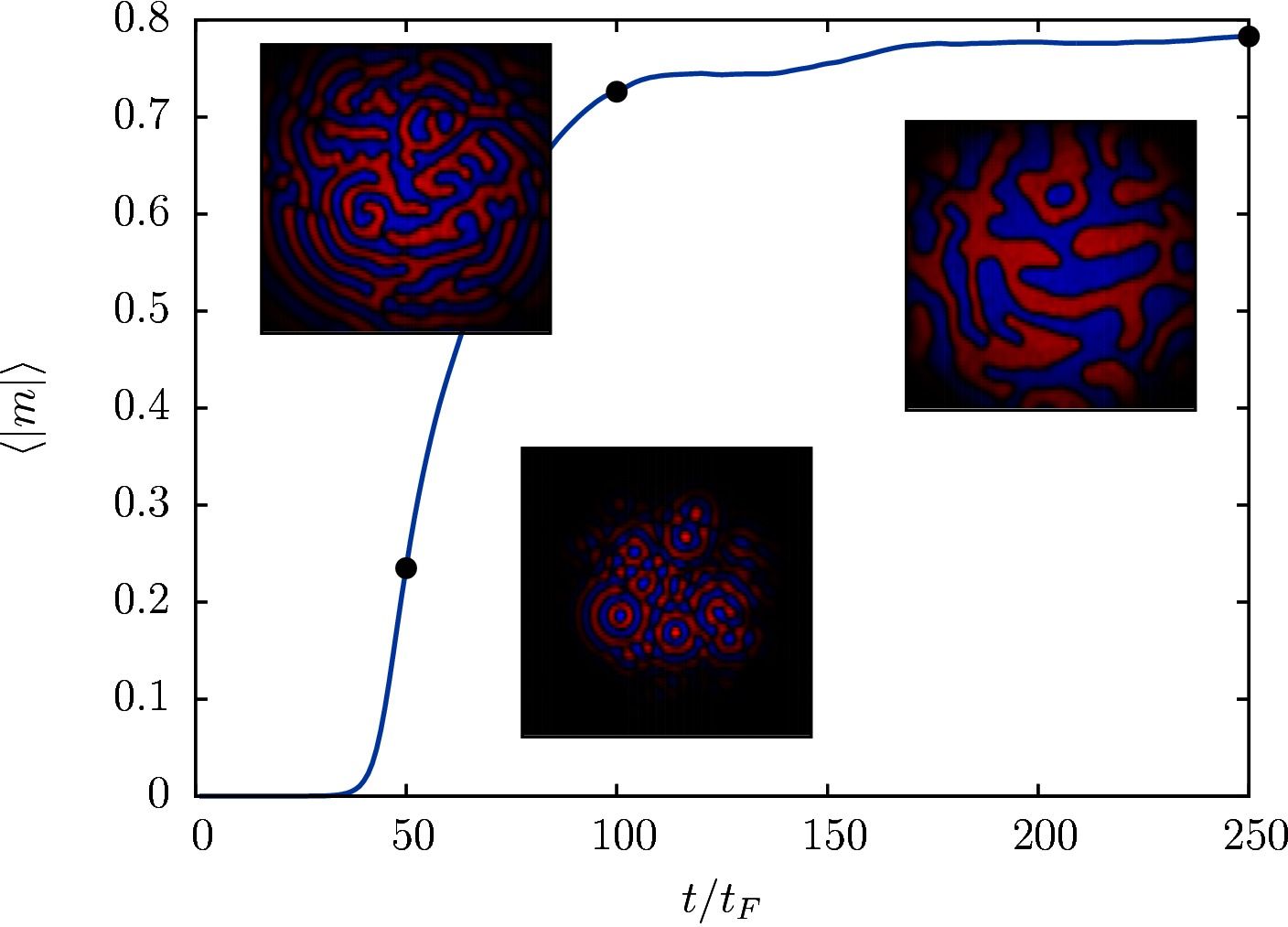EPJ B Highlight - New method helps stabilise materials with elusive magnetism
- Details
- Published on 09 August 2016

Stabilising materials with transient magnetic characteristics makes it easier to study them
Magnetic materials displaying what is referred to as itinerant ferromagnetism are in an elusive physical state that is not yet fully understood. They behave like a magnets under very specific conditions, such as at ultracold temperatures near absolute zero. Physicists normally have no other choice than to study this very unique state of matter in a controlled fashion, using ultracold atomic gases. Now, a team based at ETH Zurich, Switzerland has introduced two new theoretical approaches to stabilise the ferromagnetic state in quantum gases to help study the characteristics of itinerant ferromagnetic materials. These results were recently published in EPJ B by Ilia Zintchenko and colleagues.
Physicists already know that magnetic order can arise in materials when the temperature drops below their material-specific critical temperature. Then the state of electrons’ inner characteristics, called spin, can either be split between spin up and spin down, while the electrons can still move in space.
Realising the itinerant ferromagnetic state experimentally using ultracold gas is a challenging undertaking. This is because when three atoms--one with the opposite spin of the other two--come close to each other two atoms with opposite spin will form molecules and the other one carries the binding energy away; a phenomenon called rapid three-body recombination. The rate of such recombination process increases rapidly with the scattering length.
In this study, the authors discussed two new improved stability conditions for ferromagnetic state in quantum gasses. The first approach involves imposing a moderate optical lattice, which extends the ferromagnetic phase to smaller scattering lengths. There, the three-body recombination is small enough to permit experimental detection of the phase. In a second approach, they suggest to prepare two initially separated clouds and study their time evolution. The ferromagnetic domains has longer life time because of the reduced overlap region between the two spins.
I. Zintchenko, L. Wang and M. Troyer (2016), Ferromagnetism of the Repulsive Atomic Fermi Gas: three-body recombination and domain formation, Eur. Phys. J. B 89: 180, DOI 10.1140/epjb/e2016-70302-5




